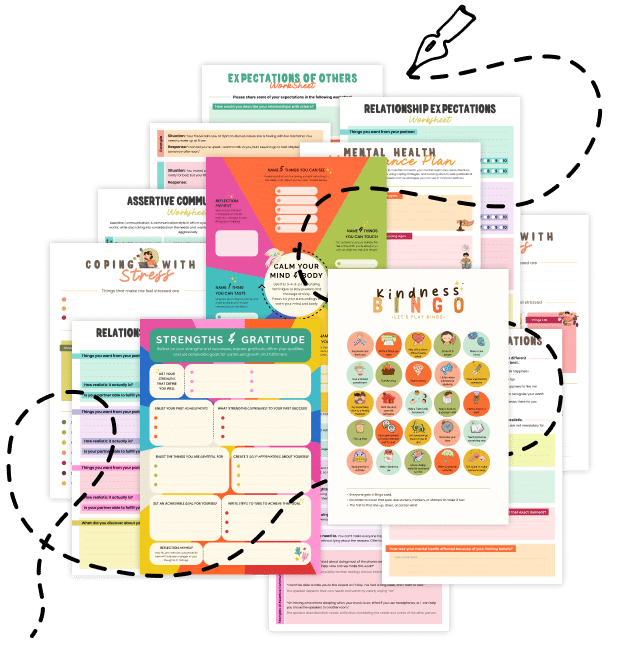20 Things About Plan Continuation Bias
Explore how sticking to a plan—even in the face of changing conditions—can lead to avoidable mistakes, and discover practical strategies to identify and counteract Plan Continuation Bias in daily life.
1. What Is Plan Continuation Bias?
Plan Continuation Bias (PCB) is the cognitive tendency to continue with an original plan or course of action despite emerging evidence that suggests the plan should be changed or aborted. It’s essentially “staying the course” when you really shouldn’t.
2. Real-World Examples for Plan Continuation Bias
- Aviators: Pilots sometimes persist in landing approaches in bad weather rather than diverting.
- Project Managers: Teams keep pushing a failing project forward because of sunk costs or deadlines.
- Everyday Life: Sticking to a dinner reservation despite feeling ill, just because it’s “already booked.”
3. The Cognitive Trap
Once we’ve mentally committed to a plan, our minds often filter or downplay contradictory information. PCB is a form of “tunnel vision” that locks us onto our initial trajectory.
4. Ties to Overconfidence
People overconfident in their abilities or decisions may ignore warning signs, believing they can “handle it.” PCB thrives where there’s a strong sense of ego or pride in the original plan.
5. Group Dynamics
If the plan was agreed upon by a team, social pressures—like not wanting to appear indecisive—can reinforce PCB. Members hesitate to speak up about concerns, fearing conflict or judgment.
6. Plan Continuation Bias Link to Sunk Costs
PCB often intersects with the Sunk Cost Fallacy—the belief that resources already invested justify continuing. The more time or money spent, the harder it is to abandon course, even if the situation has changed drastically.
7. Risk of Escalating Failure
Continuing a flawed plan can lead to a cascade of issues—escalating budgets, bigger safety hazards, or morale crashes. The longer the bias persists, the more damage it can do.
8. Confirmation Bias Reinforcement
While forging ahead, individuals may selectively pay attention to signs that confirm the plan’s validity (confirmation bias), ignoring red flags that should prompt reconsideration.
9. Emotional and Ego Factors
Feelings like pride, fear of admitting error, or desire to avoid embarrassment can fuel PCB. Nobody likes to admit they misjudged a situation, so it can feel safer to soldier on.
10. Catastrophic Consequences
History is filled with tragic examples—plane crashes, failed rescue missions, or disastrous expeditions—where ignoring changing conditions spelled disaster. Often, warnings were evident but dismissed.
11. Decision Inertia Under Stress
High-stress environments—emergency medicine, military operations, crisis management—are especially prone to PCB. Under pressure, sticking to the initial plan feels simpler or faster than making a fresh call.
12. Importance of Decision Gates
In aviation and other high-stakes fields, “Go/No-Go” checkpoints force a formal reevaluation at critical junctures. These gates are designed to disrupt PCB by mandating objective data checks.
13. Role of Team Culture
Cultures that punish pivoting or show a “failure is not an option” mentality can worsen PCB. In more open, blame-free environments, people feel safer raising concerns or suggesting alternatives.
14. Early Detection
Signs like nagging doubts, repeated minor setbacks, or unaddressed anomalies can hint that PCB might be creeping in. Recognizing these early “yellow flags” allows for timely course corrections.
15. Breaking Confirmation Bias
Actively seeking contradictory evidence disrupts the cycle. Encouraging a “devil’s advocate” in group meetings can help unearth signals that the plan needs to change.
16. Structured Decision Tools
Checklists, risk assessments, and pre-planned contingency routes allow you to measure actual conditions against preset criteria—making it easier to pivot when data doesn’t match the initial plan.
17. Leadership and Adaptability
Leaders who model adaptability—admitting missteps, asking for input, and rewarding flexibility—reduce PCB within teams. This climate of openness makes altering or abandoning plans less taboo.
18. Personal Life Applications
Beyond big projects, PCB shows up in everyday scenarios—like refusing to cancel a road trip despite severe weather. Recognizing the bias can save time, money, and sometimes personal safety.
19. Time vs. Quality Trade-Offs
PCB can be triggered by tight deadlines—“We’ve come too far to stop now!” Balancing time constraints with realistic appraisals of quality or outcomes helps prevent blindly rushing to a flawed finish.
20. Related Topics to Explore
- Sunk Cost Fallacy Avoidance: Recognize when past investments trap you in losing pursuits.
- Framing Effects in Decision-Making: Understand how different data presentations can entrench old plans.
- Heuristic Traps: Explore other mental shortcuts that bias decision-making under pressure.
- Psychological Flexibility: Build the skill of shifting strategies gracefully without ego or fear.
Quick Tips to Counter Plan Continuation Bias
- Set Decision Checkpoints: Predefine moments to reevaluate the plan—like “If X happens, we must pause and review.”
- Invite Dissent: Actively encourage team members to question the current course and share new evidence.
- Use a Devil’s Advocate: Rotate this role in meetings to ensure someone is always spotlighting potential red flags.
- Adopt a Growth Mindset: View pivots and scrapped plans as learning opportunities, not failures.
- Record Rationale: Keep a log of why a plan was chosen initially. Revisit it when conditions shift to see if those reasons still hold.
Plan Continuation Bias can lock you into suboptimal paths, draining resources and raising risks. By building systems that encourage early warning signs, valuing adaptability, and normalizing course corrections, you can overcome the inertia of a flawed plan. Share this post with team members, peers, or friends—help them spot and avoid the pitfalls of “staying the course” at all costs!


